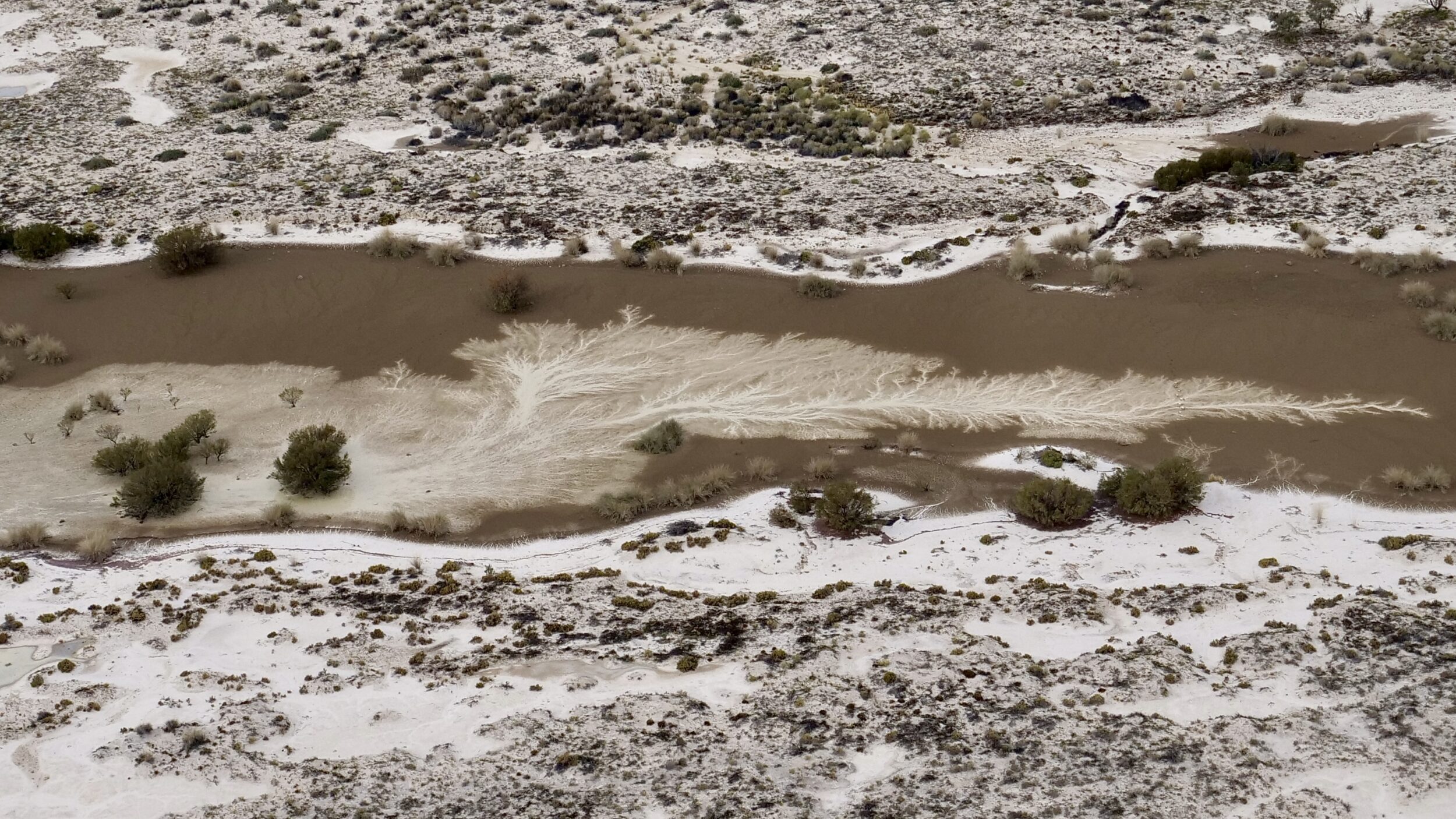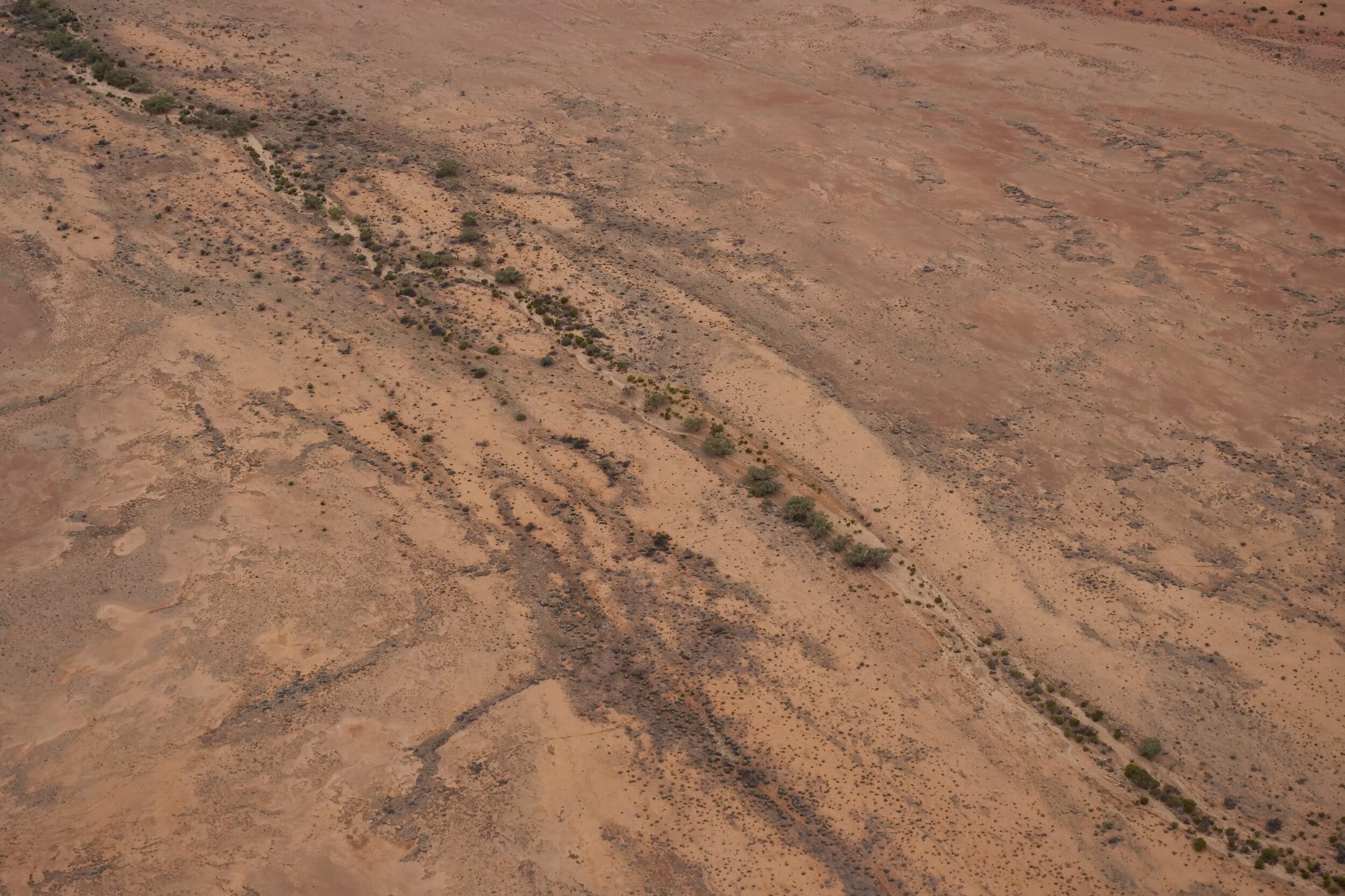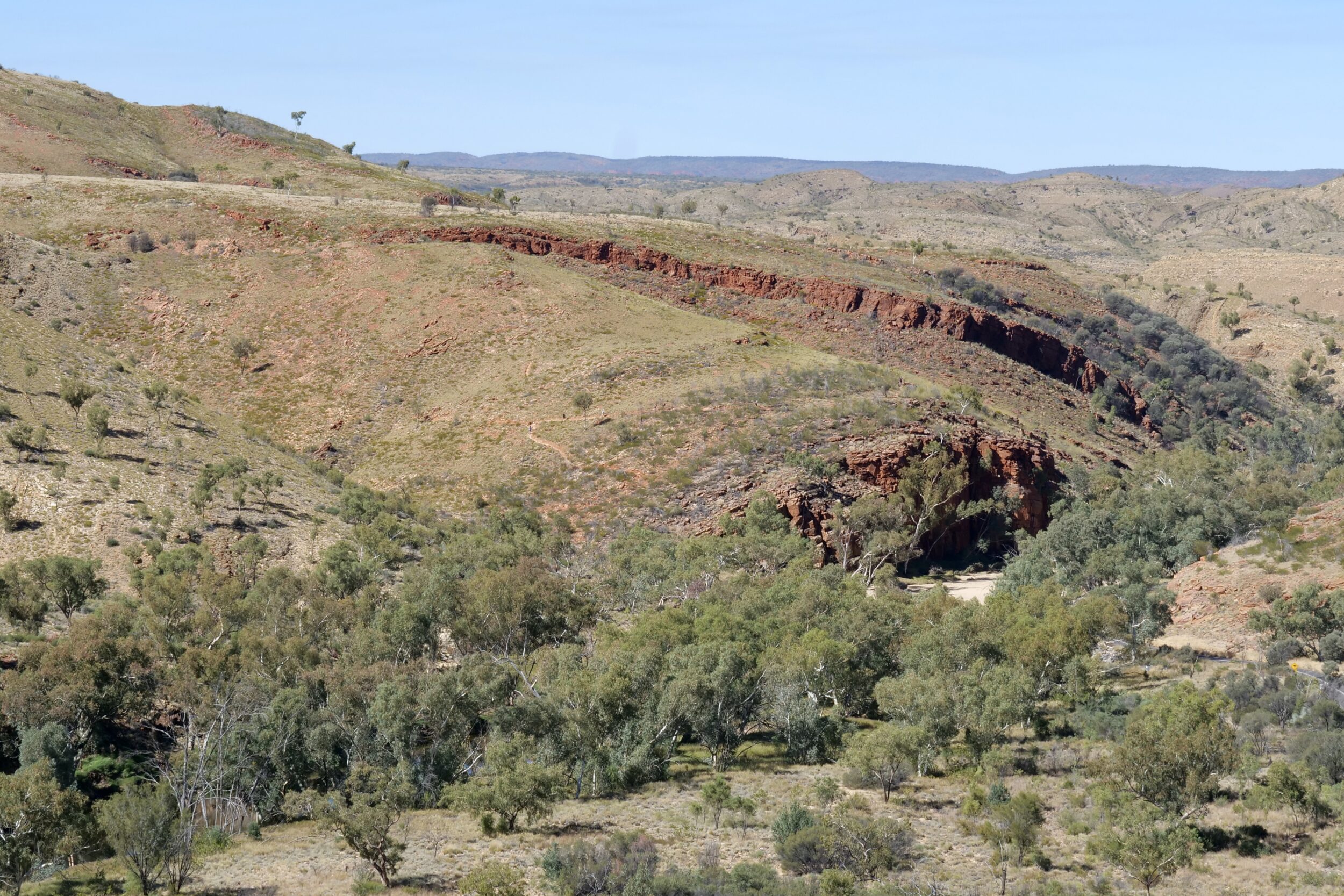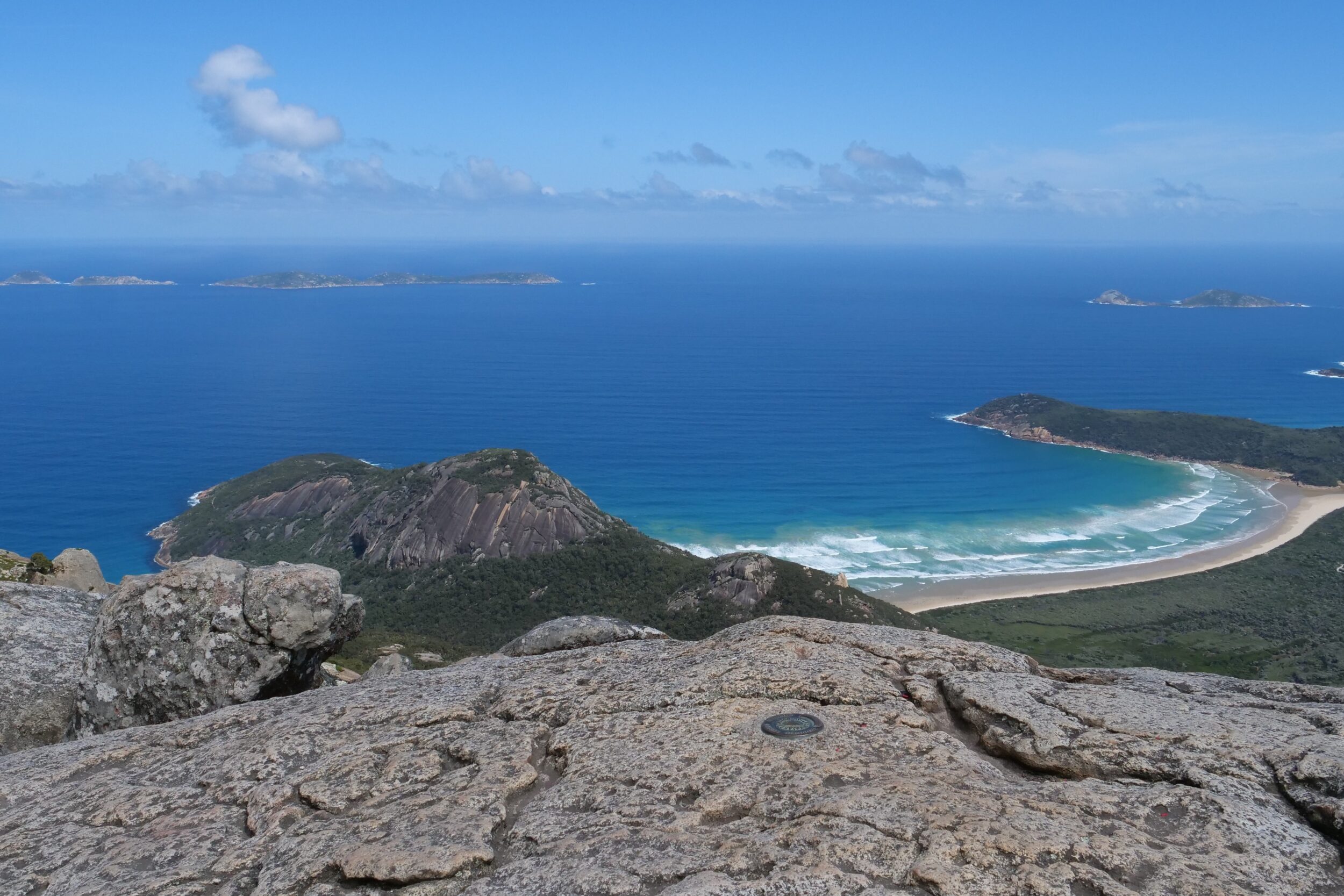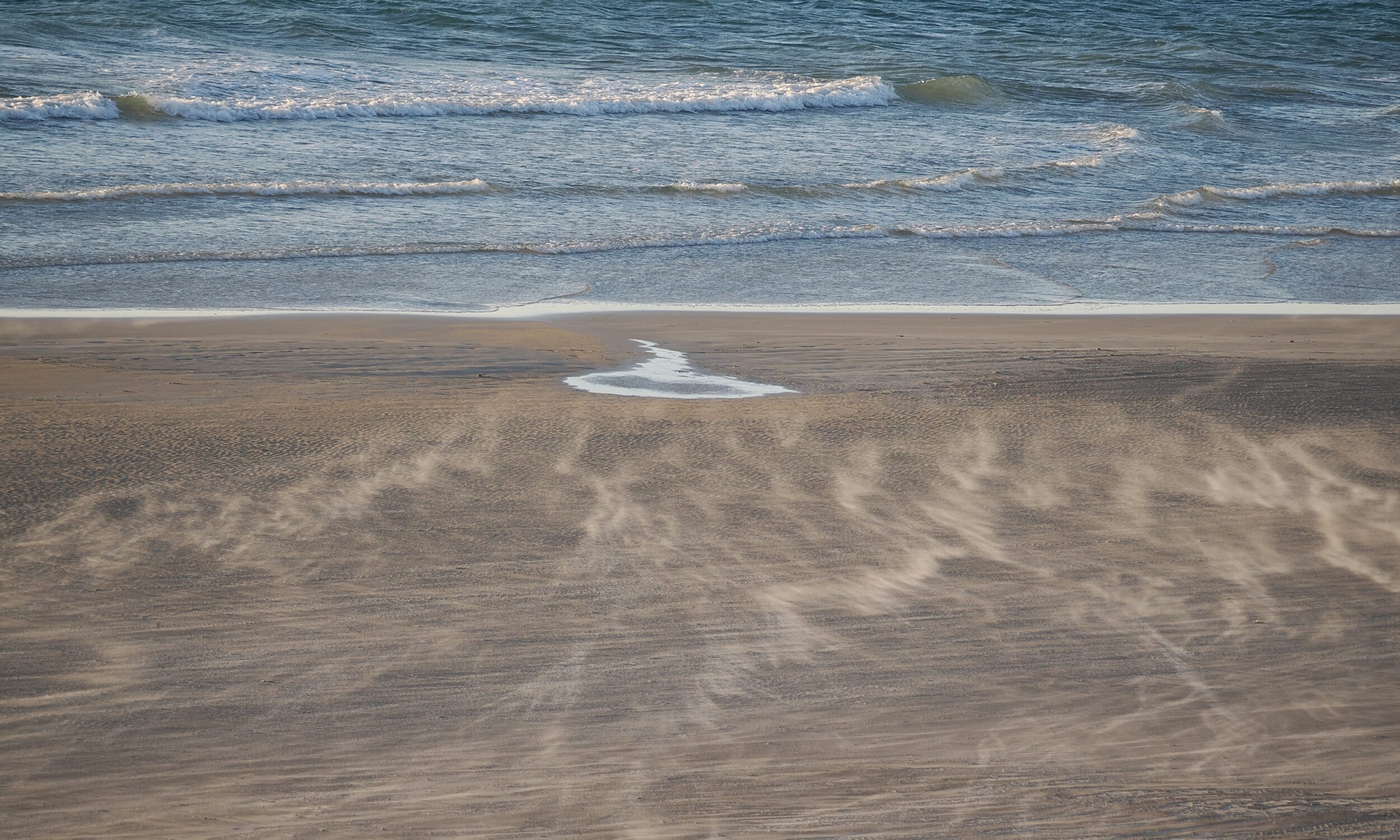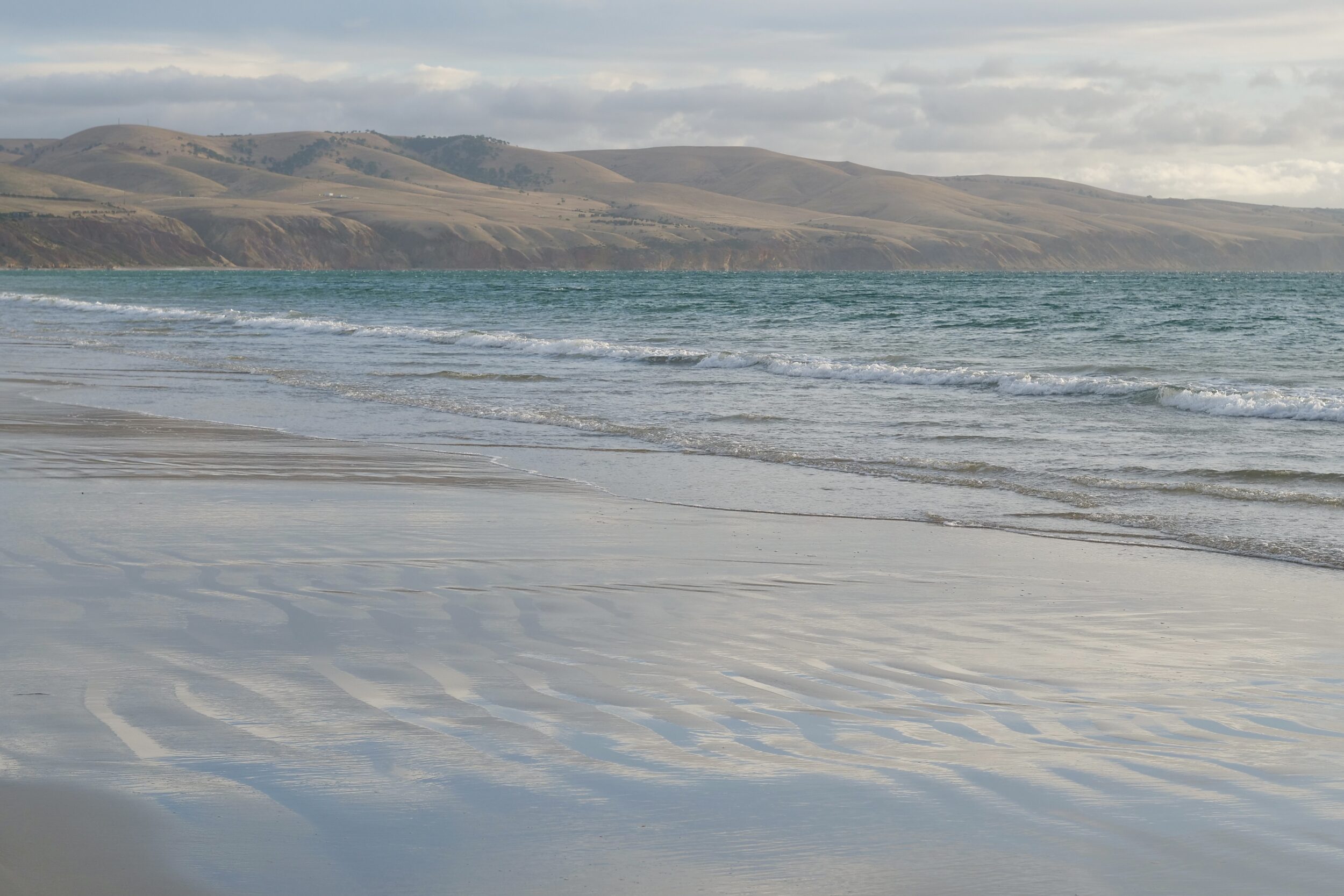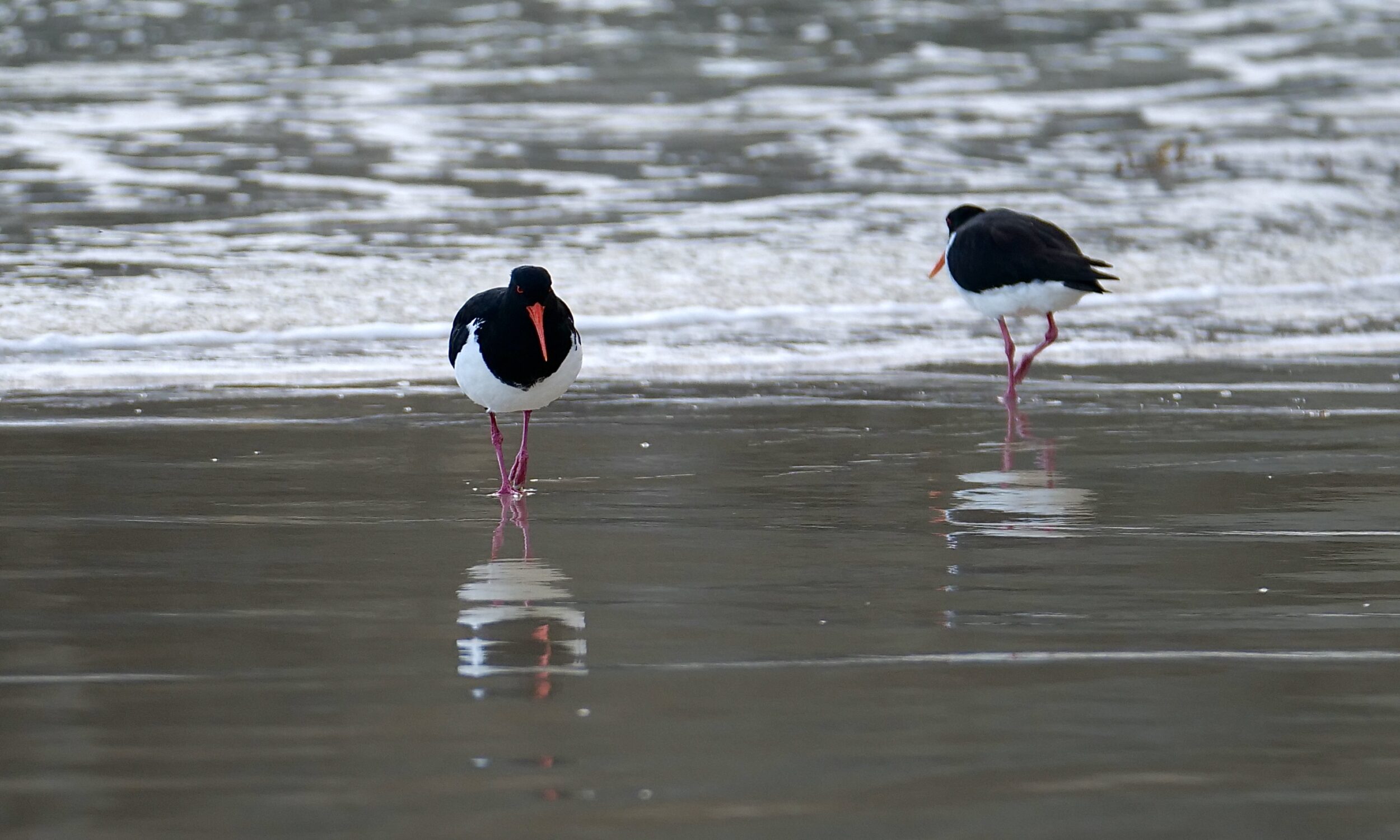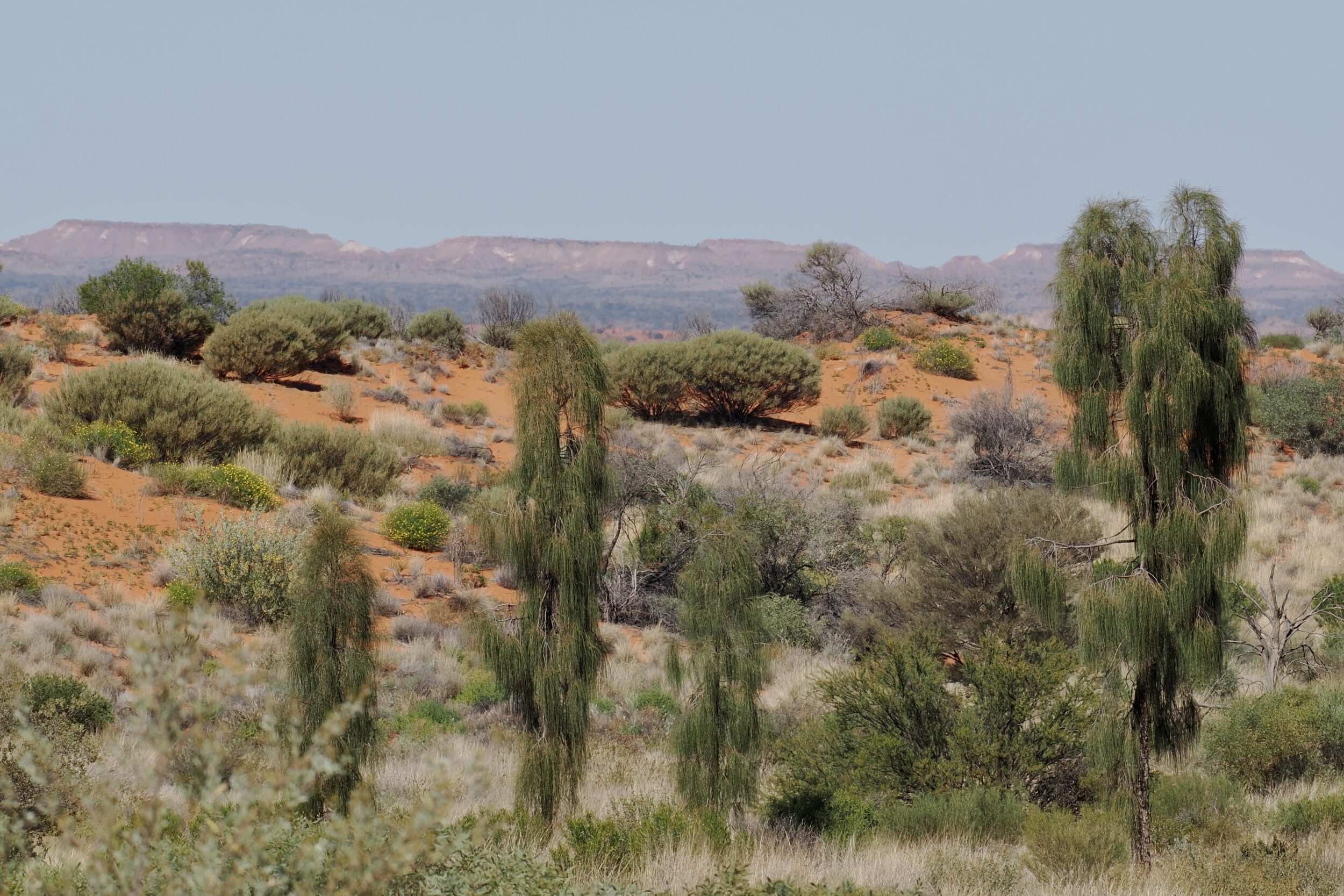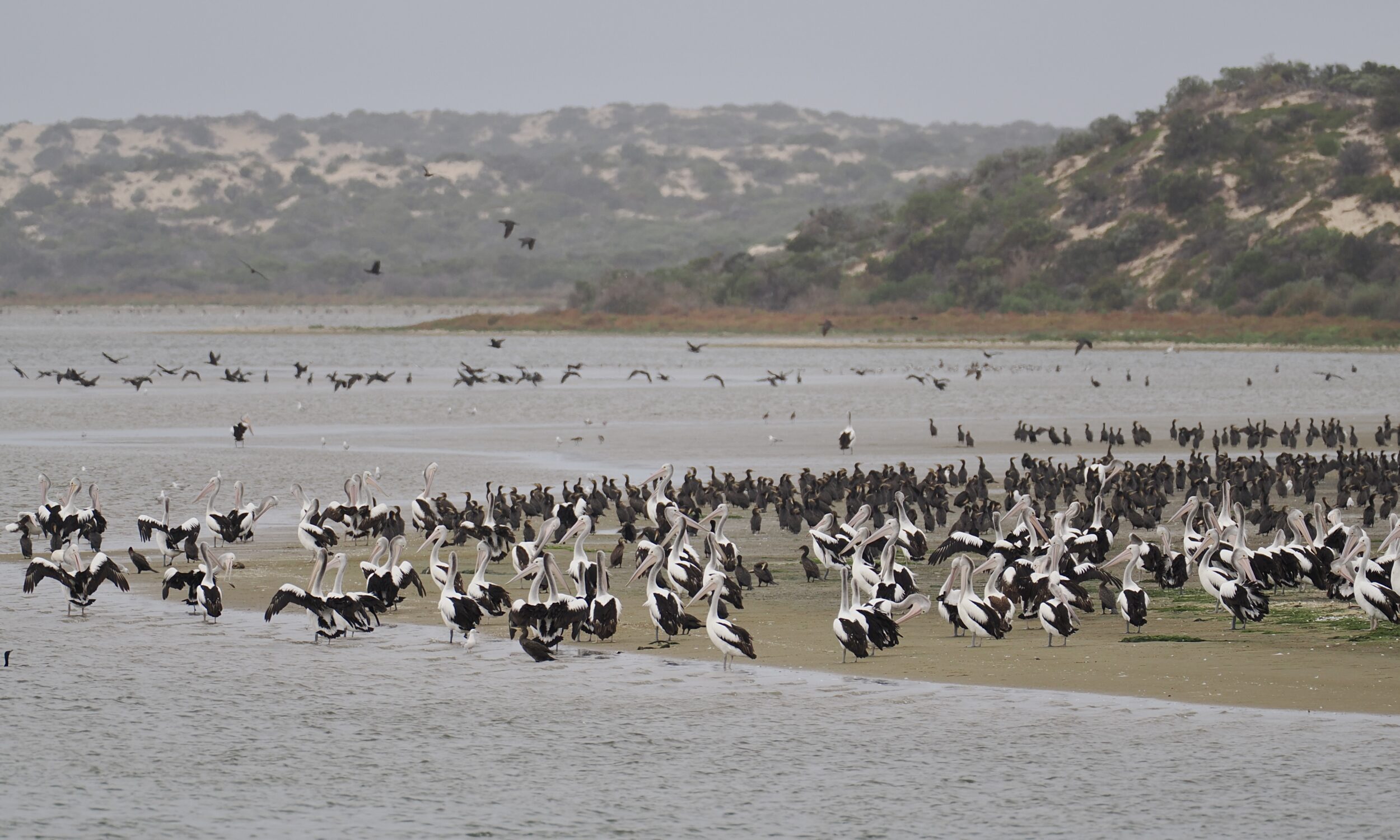Vive la différence!
Goolwa does not aspire to be “the Saint-Tropez of the Southern Hemisphere”.
No wannabe “Brigitte Bardot” is ever likely to strut, mince or pout her way along this strand.
“Chic” and “Goolwa” are two words I have never seen or heard within the same sentence.
However, I am sure the “relaxed and contented” index is very much higher on its ocean beach than on any “Riviera” strand.
Leave a Comment
